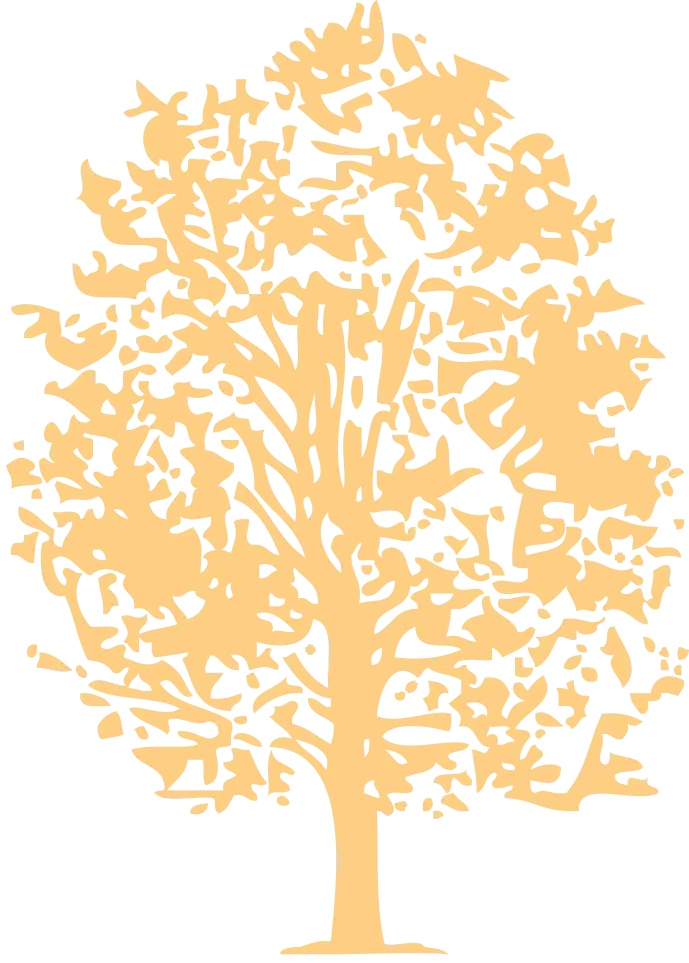The Importance of the Shoulder
December 15, 2015The Hidden Truths of Prediabetes
February 3, 2016
A stroke occurs when a blood vessel that carries oxygen and nutrients to the brain is either blocked by a clot or bursts (or ruptures). When that happens, part of the brain cannot get the blood (and oxygen) it needs, so it and brain cells die.
Some Stroke Statistics
- About 795,000 Americans each year suffer a new or recurrent stroke. That means, on average, a stroke occurs every 40 seconds.
- Stroke kills nearly 129,000 people a year. It is the No. 5 cause of death.
- On average, every 4 minutes someone dies of stroke.
- About 40 percent of stroke deaths occur in males, and 60 percent in females.
- In 2010, worldwide prevalence of stroke was 33 million, with 16.9 million people having a first stroke. Stroke is the leading cause of adult disability.
- 2010 for stroke-related medical costs and disability.
- African-Americans have nearly twice the risk for a first-ever stroke than Caucasians and a much higher death rate from stroke.
It is extremely beneficial to be able to identify when someone is having a stroke. The faster they are able to get medical attention, the better their chances of recovery are.
To identify someone who is having a stroke, remember the acronym FAST.

F: Face Drooping – Does one side of the face droop or is it numb? Ask the person to smile. Is the person’s smile uneven?
A: Arm Weakness – Is one arm weak or numb? Ask the person to raise both arms. Does one arm drift downward?
S: Speech Difficulty – Is speech slurred? Is the person unable to speak or hard to understand? Ask the person to repeat a simple sentence, like “The sky is blue.” Is the sentence repeated correctly?
T: Time to call 9-1-1 – If someone shows any of these symptoms, even if the symptoms go away, call 9-1-1 and get the person to the hospital immediately. Check the time so you’ll know when the first symptoms appeared.
Identifying the symptoms of a stroke and getting prompt medical attention can make all of the difference in the lasting effects and the recovery of the stroke victim.

